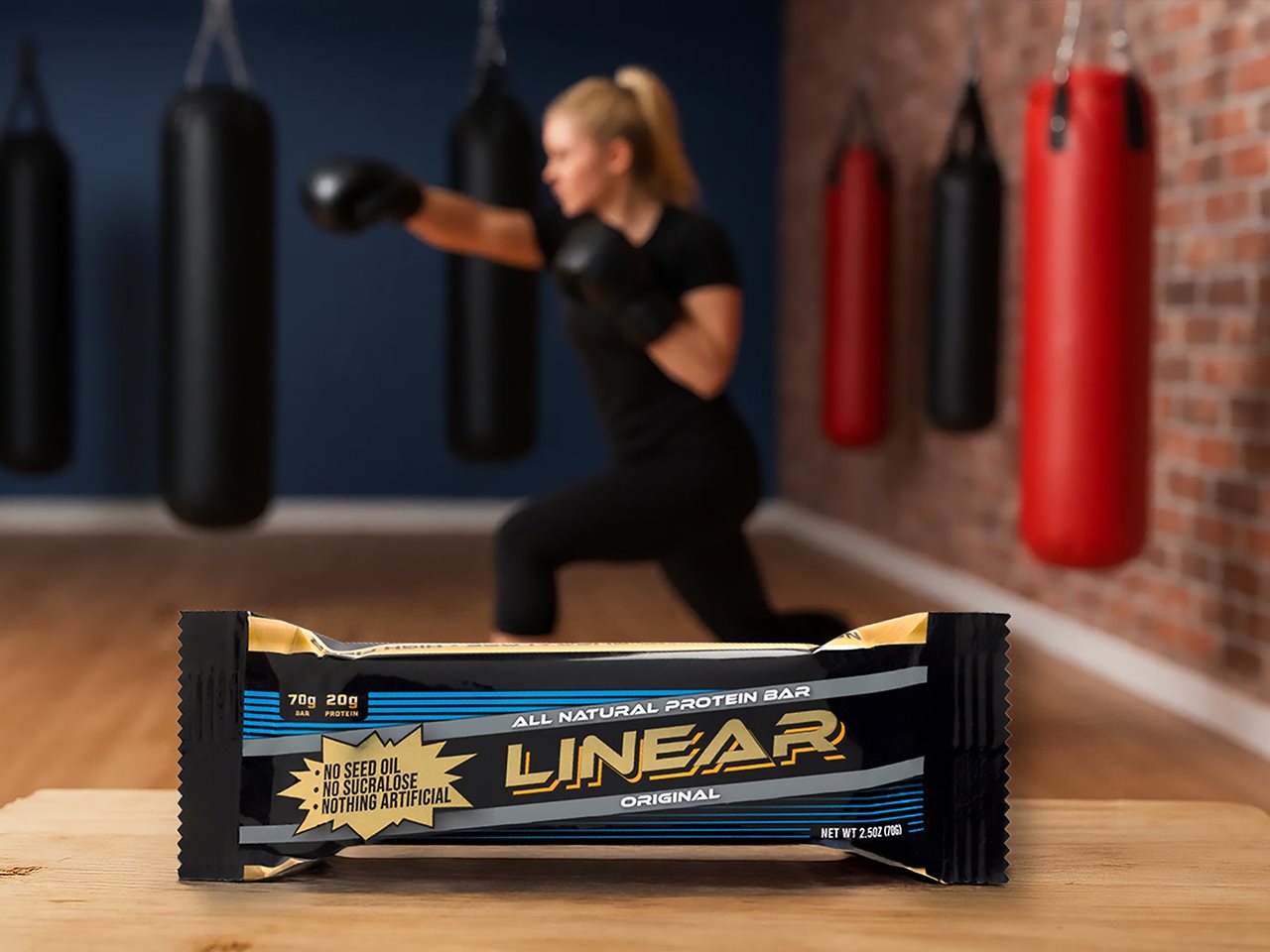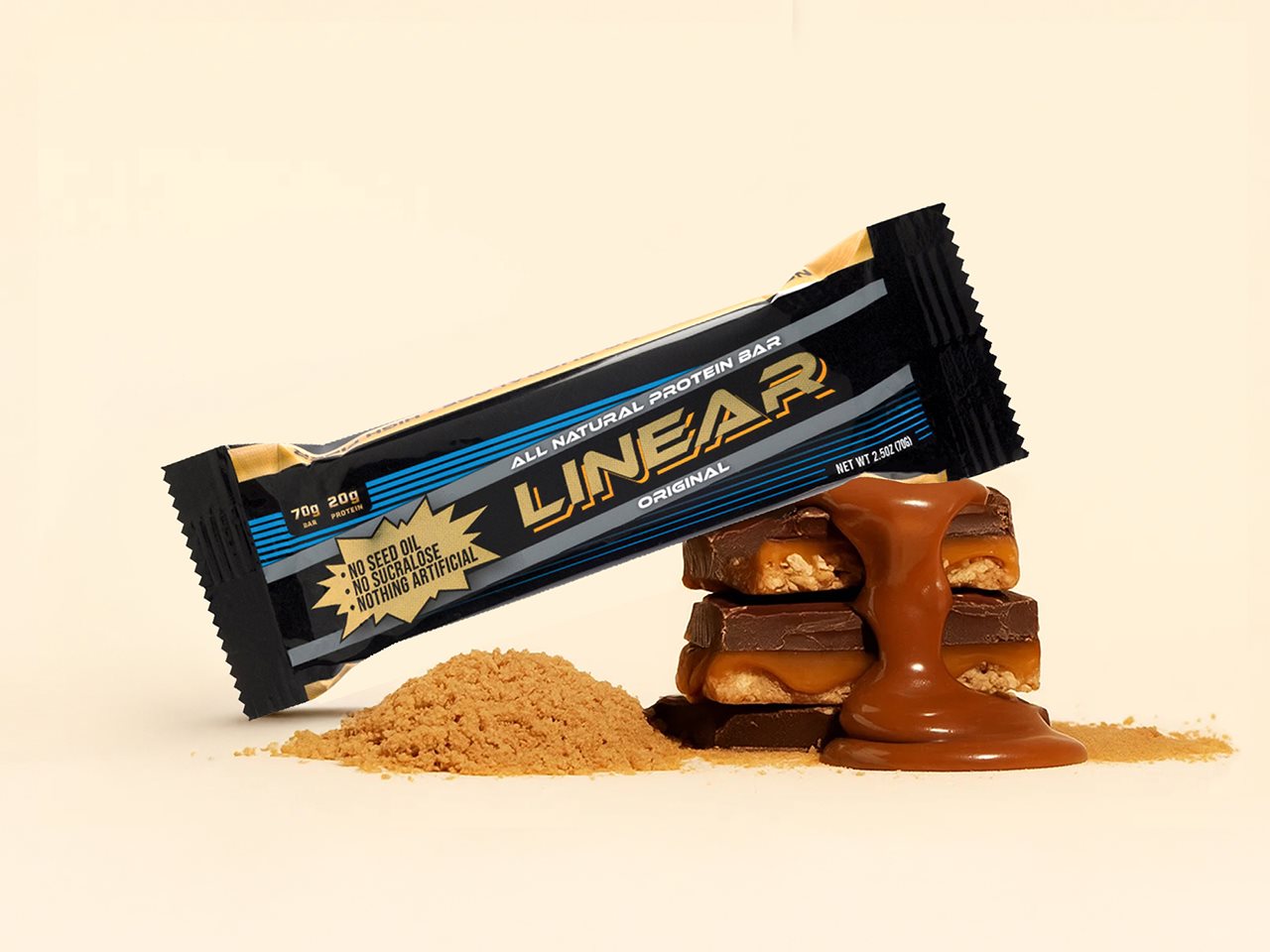2025-10-09T07:45:00
(BPT) – It’s that time of year again: fantasy football season! Whether it’s your first time joining in on the fun or you’re a regular league member, playing fantasy football allows you to feel like you’re part of the action on the field. However, it’s critical that you work on your defense plan against a real-life threat: stress-induced teeth grinding.
The grind behind the game
Fantasy football sparks 1.2 billion hours of rivalries yearly, fueling stress that hits your oral health hard. In fact, more than 70% of dentists see a rise in teeth grinding from stressful situations like intense rivalries from playing in a fantasy football league.
To shed a little light on the subject, DenTek®, the #1 over-the-counter dental guard brand, surveyed fantasy football participants and found that 65% of players were extremely, very or somewhat stressed about their fantasy football team. More than half of high-stress fans said that they experienced physical symptoms, including teeth clenching and jaw pain related to their team’s performance. Stress can impact more than just your mental health — it can take a toll on your smile.
So, how can you continue to challenge your friends, cheer on your team and protect your teeth? You’ll need to draft an expert defensive lineman.
Your #1 draft pick to defend against teeth grinding
DenTek® is kicking off the season with “Fantasy Guards” to crush teeth-grinding stress from fantasy football. These BPA-free Professional-Fit, Ultimate and Comfort-Fit nighttime mouth guards are custom-fit champs with a six-month guarantee and unbeatable comfort — your top pick for stress-busting oral care.
DenTek® mouthguards are so effective that even professional football players are getting in on the action.
“Defending against stress is like leaping into the end zone,” said Hall of Fame safety LeRoy Butler. “DenTek® mouth guards give you that winning edge to protect against nighttime teeth grinding.”
Turn losses into unforgettable wins
Almost 20% of football fantasy players said that one aspect of the game that contributes the most stress is a last-place punishment. To fight back against the grind and turn losses into laughs, DenTek® has launched the “Ultimate Fantasy Football Punishment” contest. Backed by NFL stars like LeRoy Butler, Tiki Barber, Austin Ekeler, Dwight Freeney, Ted Ginn Jr., Ronde Barber, NFL veteran and dentist Joe Holland and University of Connecticut quarterback and X-League star Dave Pindell, this contest lets you up the stakes for the league loser while also snagging a deal on smile-saving night guards.
When you enter the Ultimate Punishment, you’ll have a chance to win a DenTek-sponsored twist on your league’s lowest scorer. And just for signing up, you’ll receive $5 off a DenTek Professional Fit Dental Guard, available on Amazon and major retailers, to protect against this season’s stress grinding!
Head to Dentek.com/UltimatePunishment. See the full rules and submit your league names and a short video online by Dec. 8, 2025.
“DenTek’s nighttime dental guards are your MVP for a tough season,” said Barber. “And the Ultimate Punishment? That’s a touchdown for fun.”


























